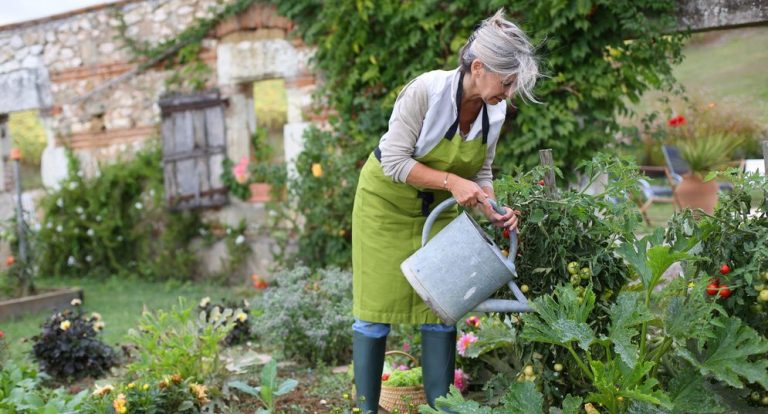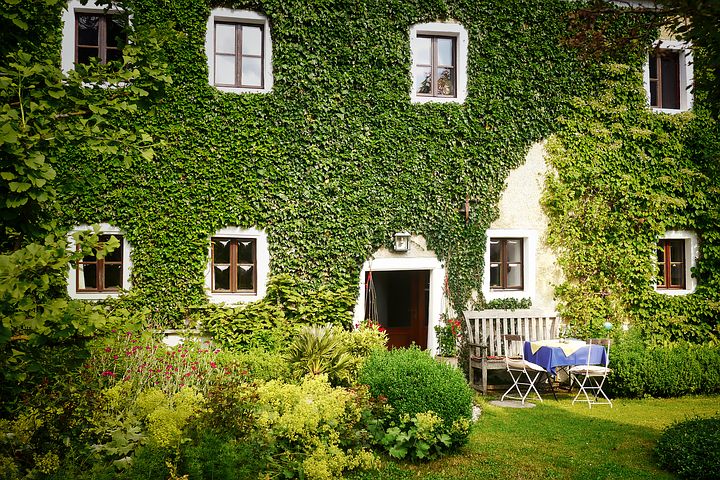It’s hard to believe a little plastic bottle could cause so much damage. I have two of them on my desk and they’re pretty innocuous items. They weigh 12 grams each and measure around 20 cm long with a 6 cm radius. They look harmless enough by themselves. But now imagine a million of them. Now imagine another million of them. Now imagine another million of them being added every minute of every day.
This is the reality according to a number of recent reports, which state that in 2017 plastic bottle sales the previous year had reached 480 billion globally – one million sold a minute, every minute over the course of 2016. What’s more that rate of plastic bottle production is forecast to increase by 20% by 2021.
Plastic and microplastic are a serious cause for concern for the environment as the amount of damage caused is still not fully understood. Plastic is making its way into the food chain and being consumed by tiny organisms such as plankton that feed many other species, all the way up to large mammals such as whales that have been found dead with copious amounts of plastic ingested. As the plastic makes its way up the aquatic food chain, it is increasingly finding its way onto our dinner plates.
So what can we as consumers actually do to reduce this growing mountain of waste plastic?
The Bottled Water Epidemic
One of the most obvious would be to stop buying bottled water since approximately 50% of those 480 billion plastic bottles a year are produced by the bottled water industry. A single-use plastic bottle can be easily replaced by a reusable drinks bottle which can be filled from a network of refill stations around the UK. What’s more, popular high street retailers will often let you fill up your water bottle for free on their premises even if you aren’t buying anything.
Is Point of Use Filtration the Answer?
Many point-of-use-water dispensers include a water filter to reduce chlorine content giving you bottled water taste straight from the tap. The water filter on a point-of-use cooler generally fits to the pipework so that the water passes through it before entering the cooler. I wondered how much plastic waste would be avoided by a single filter. The maths is pretty straightforward:
To test this theory I used the industry standard Hydro + water filter which has a capacity of around 6,500 litres before the carbon media inside it becomes exhausted and needs to be replaced.
That’s equivalent to 13,000 half litre bottles of water. The two PET (polyethylene terephthalate) plastic bottles I mentioned earlier both weighed 12 grams, so 13,000 of them equates to 156,000 grams (156 kg) of plastic.
Compare this to the amount of plastic in a Hydro+ filter. The components weigh a comparatively tiny 141 grams. So 156,000 minus 141 grams means that using a point of use water filter equates to a net saving of 155,859 grams (over 155.8 kg) of waste plastic.
So although using a water filter does still produce a small amount of waste plastic, it’s a massive reduction compared to the equivalent volume of bottled water. It’s also worth considering how much money you could save by switching from bottled water.

Using point-of-use filtration also means that your water is transported via mains water infrastructure that is already in place rather than producing a plastic bottle to contain it and then transporting it by a fossil fuel powered vehicle, increasing the carbon debt still further. According to a 2009 study by the Pacific Institute the total energy required to produce bottled water is up to 2,000 times the energy required to produce the equivalent volume of tap water, depending on transportation factors.

Considering the number of single-use plastic bottles being produced and the environmental catastrophe that it is causing, it’s definitely worth ditching bottled water and getting yourself a refillable bottle. If you don’t like the taste of chlorine, get a low-cost under-sink water filter system for your home. And if you work in an office, request a POU water cooler is installed rather than a bottled cooler.
Looking back at previous consumer lead campaigns, it’s clear that public pressure and consumer choices do make a difference (last year’s campaign to phase out plastic drinking straws is an example) and that individual actions can contribute to wider change. So do your bit and cut down your plastic consumption by banning the bottle.





Leave a Comment